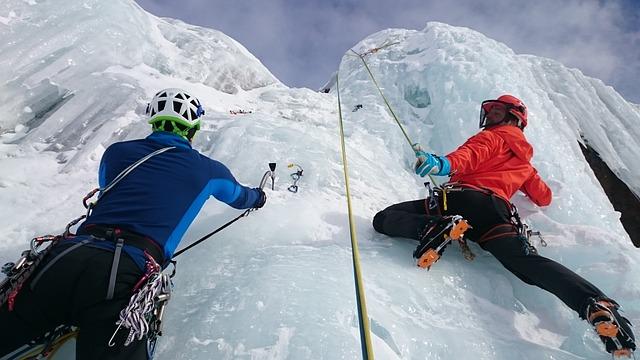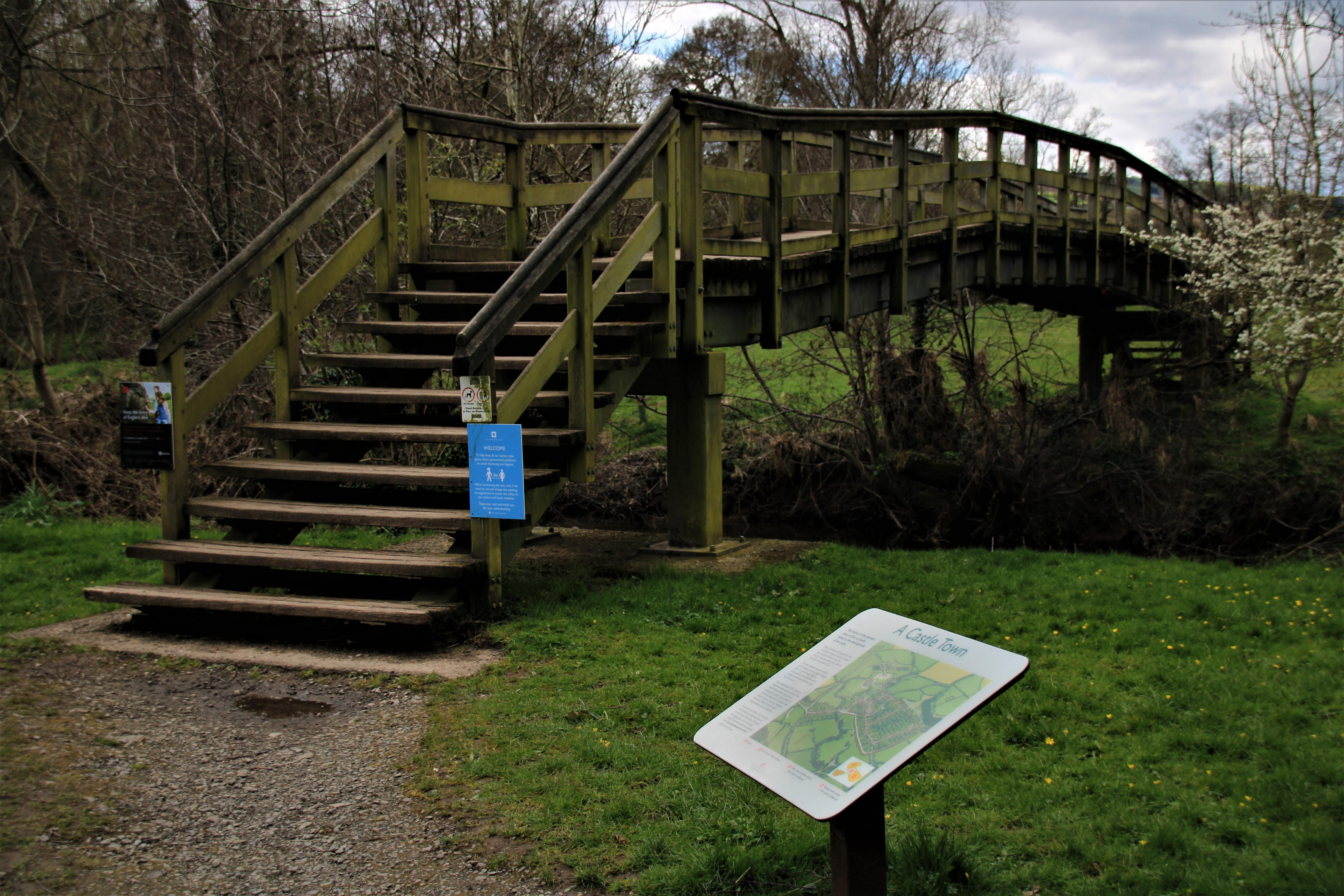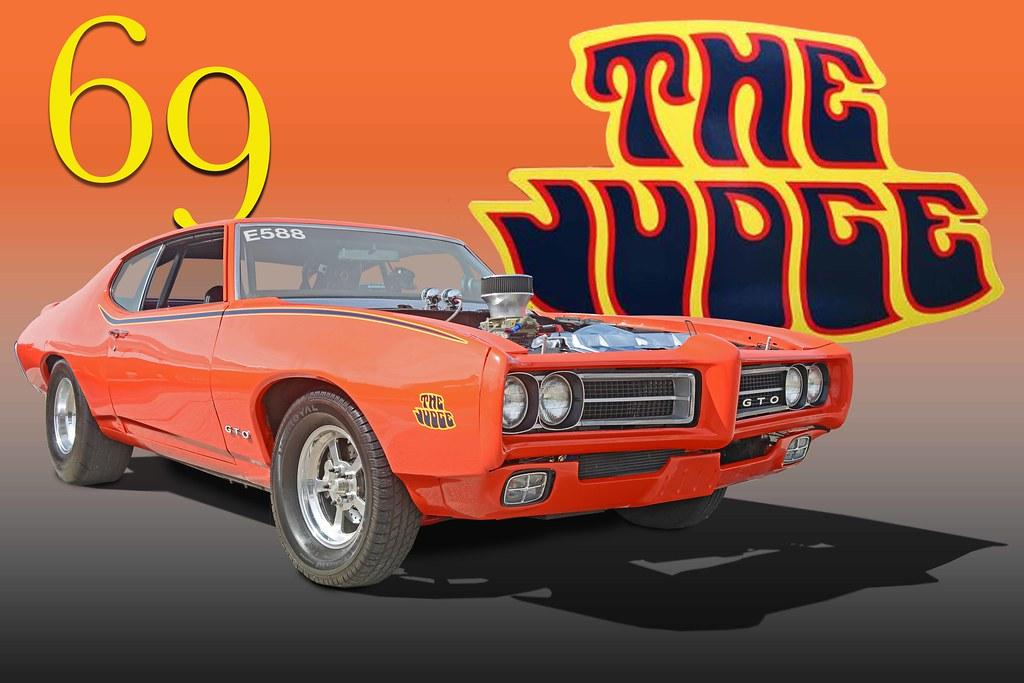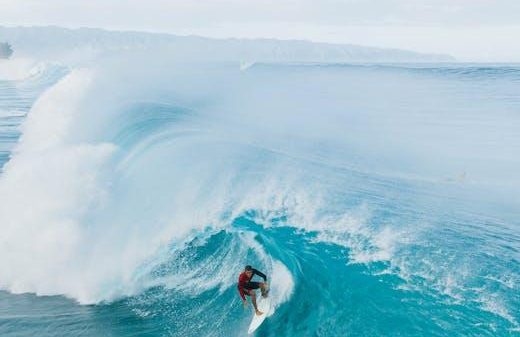Extreme sports, with their audacious feats and heart-stopping spectacles, have long captivated the human imagination. From the ancient Greeks who pushed the limits of physical endurance in the original Olympic Games to the modern-day daredevils who defy gravity in pursuit of the ultimate adrenaline rush, the rebellious spirit inherent in these pursuits has consistently challenged societal norms and redefined the boundaries of human capability. This article delves into the rich history of extreme sports, tracing their evolution from primitive expressions of bravery to contemporary manifestations of individuality and resistance. By examining the cultural, social, and technological factors that have shaped these sports over the centuries, we aim to uncover the enduring allure of risk-taking and the indomitable human spirit that fuels the pursuit of the extraordinary.
The Origins of Rebellion in Extreme Sports
The roots of defiance in extreme sports can be traced back to the mid-20th century when a burgeoning counterculture began to challenge societal norms. This era saw the rise of skateboarding, surfing, and snowboarding—activities that were not only physically demanding but also culturally subversive. These sports were born out of a desire to break free from the constraints of conventional sports, embracing an anti-establishment ethos that resonated with the youth. Skateboarding, for instance, emerged from the sidewalks of California, where young surfers took to the streets during flat ocean days. It quickly became a symbol of nonconformity, with its participants often clashing with authorities and urban planners who viewed their activities as a nuisance.
- Surfing: Once the pastime of Polynesian royalty, it became a form of protest against industrialization and commercialization.
- Snowboarding: Initially banned from ski resorts, it represented a rebellion against the elitism of traditional winter sports.
- BMX and Freestyle Motocross: These sports developed from a desire to push the limits of what was possible on two wheels, often skirting the edges of legality and safety.
By embracing risk and rejecting the mainstream, these activities cultivated a unique culture that celebrated individuality and freedom. The rebellious spirit of extreme sports is not just about the thrill; it is a historical narrative of challenging authority and redefining what is possible. This ethos continues to inspire new generations of athletes who view their sports as a platform for self-expression and a statement against conformity.
Cultural Impact and Societal Perceptions of Extreme Sports
Extreme sports have long served as a canvas for the expression of rebellion, challenging societal norms and capturing the imaginations of those drawn to their audacious spirit. These activities, often perceived as reckless or perilous, have sparked significant discourse about their cultural implications. In many ways, they stand as a counter-culture to the conventional sports landscape, pushing boundaries and redefining the limits of human capability. Skateboarding, for example, emerged from the surf culture of the 1950s and 60s, evolving into a symbol of youthful defiance and creativity. Similarly, base jumping and parkour have captivated audiences by defying gravity and architectural limitations, transforming urban landscapes into playgrounds.
Societal perceptions of extreme sports have shifted over time, moving from outright dismissal to cautious admiration. While critics often highlight the inherent risks and dangers, proponents argue for the empowerment and freedom these sports provide. Key cultural impacts include:
- Influence on Fashion: The attire and gear associated with extreme sports have permeated mainstream fashion, influencing styles with their distinctive edge.
- Media Representation: Documentaries and films have played a pivotal role in shaping public perception, offering a glimpse into the lives and motivations of extreme athletes.
- Community Building: These sports foster tight-knit communities, bonded by shared experiences and a collective passion for pushing limits.

Influence of Pioneering Athletes in Shaping Extreme Sports
Throughout the annals of extreme sports, certain athletes have emerged as trailblazers, reshaping the landscape with their audacious feats and indomitable spirit. These pioneering figures not only defied the norms of traditional sports but also carved new paths, leading to the creation and evolution of entirely new disciplines. Tony Hawk, for instance, revolutionized skateboarding with his unprecedented aerial maneuvers, notably the 900, inspiring a generation to view the skateboard as a tool for artistic expression rather than mere recreation. Similarly, Kelly Slater transformed surfing with his unmatched competitive prowess and innovative techniques, elevating the sport to a new level of mainstream recognition and technical complexity.
- Shane McConkey: Known for blending skiing with BASE jumping, McConkey’s daring exploits pushed the boundaries of what was considered possible, leading to the birth of ski BASE jumping.
- Laird Hamilton: A legendary figure in big wave surfing, Hamilton’s pursuit of riding the largest waves redefined the limits of human capability in the ocean.
- Travis Pastrana: A luminary in motocross and rally car racing, Pastrana’s feats in freestyle motocross brought an unprecedented level of flair and risk-taking to the sport.
These athletes, among others, have not only left an indelible mark on their respective sports but have also influenced the broader cultural narrative surrounding extreme sports. Their rebellious spirit and relentless pursuit of pushing limits continue to inspire new generations, ensuring that the essence of extreme sports remains one of innovation and fearless exploration.

Recommendations for Preserving the Rebellious Spirit in Modern Extreme Sports
To maintain the untamed essence that has defined extreme sports since their inception, enthusiasts and professionals alike should embrace certain key strategies. First and foremost, prioritizing individuality over commercialization is crucial. In an era where brand sponsorships often dictate trends, athletes must seek to innovate and express personal style, ensuring that their unique voices remain at the forefront of their disciplines.
- Foster Community-driven Events: Encourage grassroots gatherings that highlight local talent and promote a sense of camaraderie among participants.
- Embrace Unorthodox Locations: Explore non-traditional venues that challenge conventional norms and push the boundaries of the sport.
- Champion Sustainability: Incorporate eco-friendly practices to preserve natural terrains that serve as the playgrounds for many extreme sports.
- Document and Share Stories: Utilize social media platforms to share the raw, unfiltered experiences of athletes, focusing on the journey rather than the accolades.
Additionally, the integration of technology should be leveraged to enhance, not overshadow, the spirit of adventure. Innovations like virtual reality and drone footage can offer fresh perspectives while preserving the core thrill and unpredictability that lie at the heart of extreme sports. By fostering an environment that values originality and boldness, the rebellious spirit can continue to thrive amidst modern advancements.










